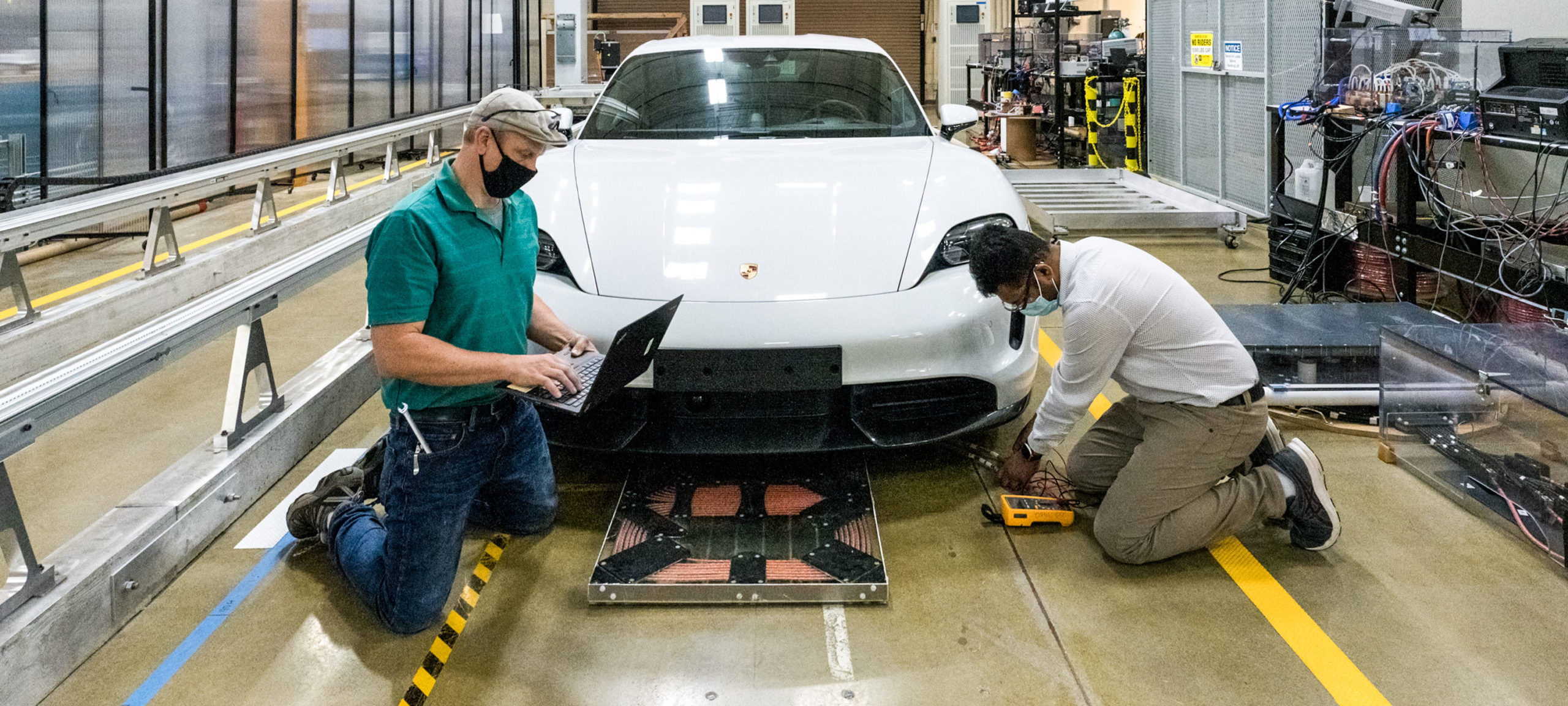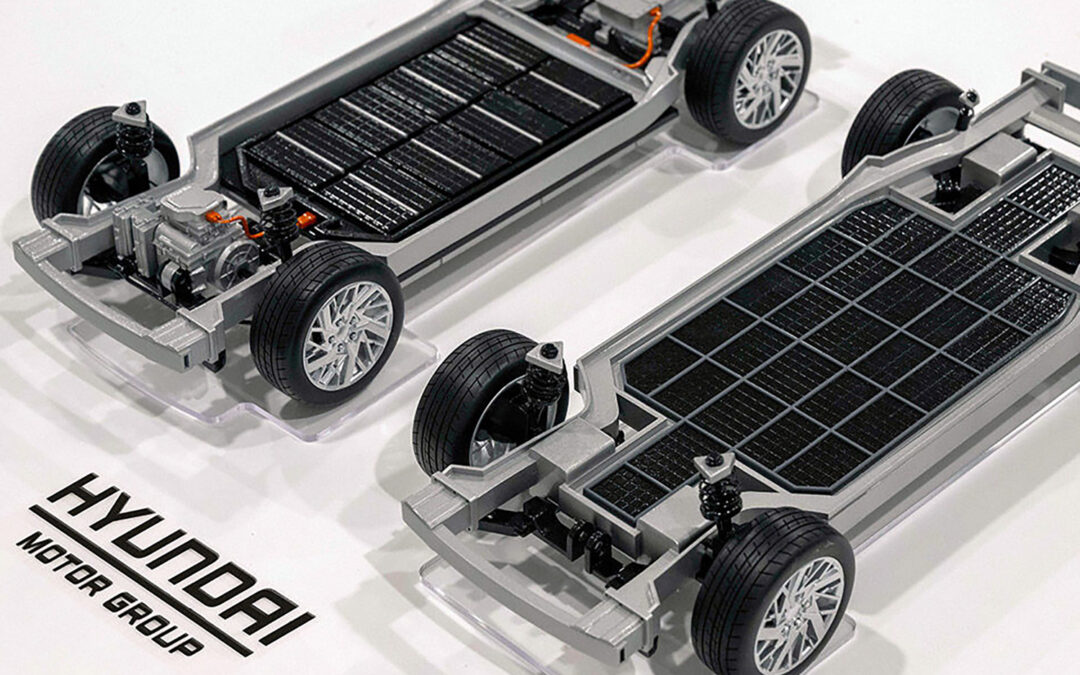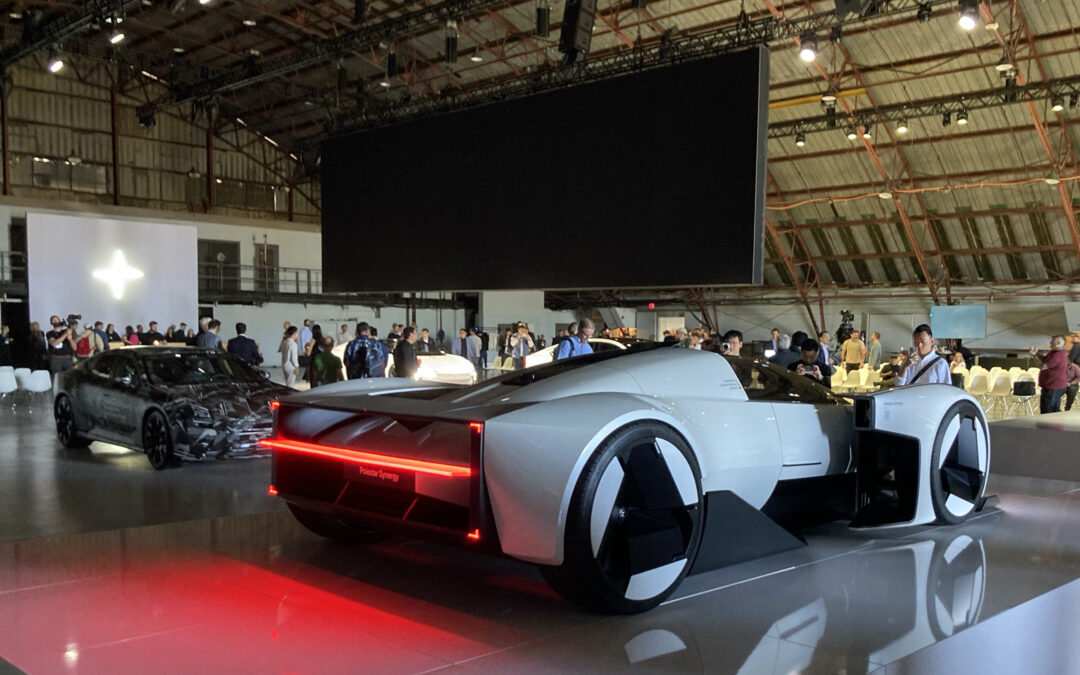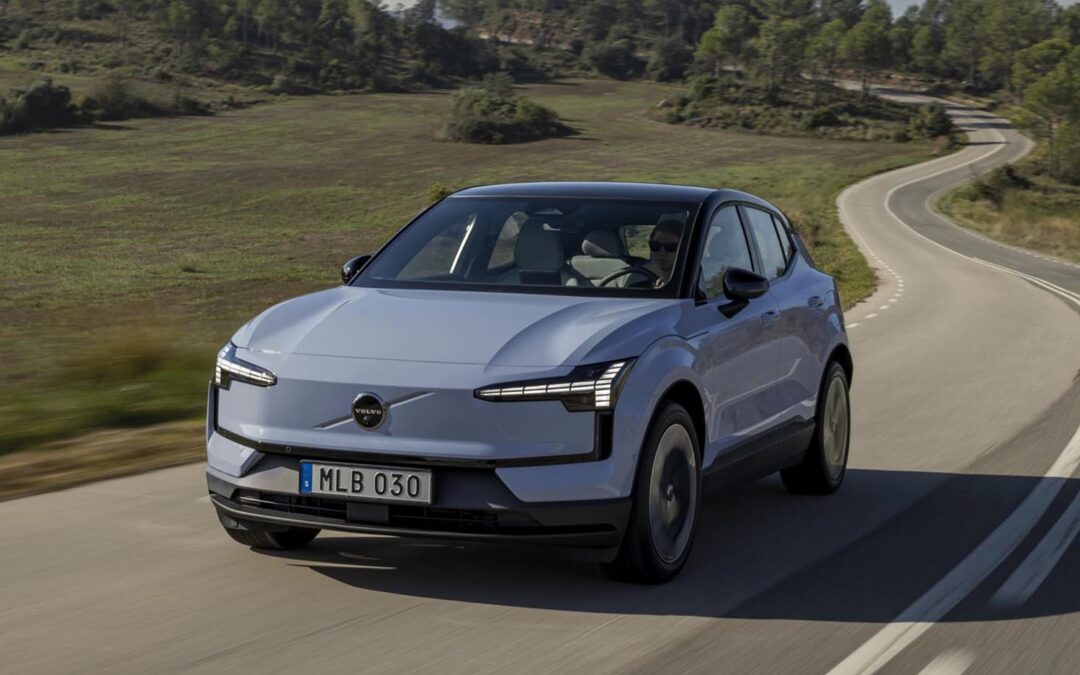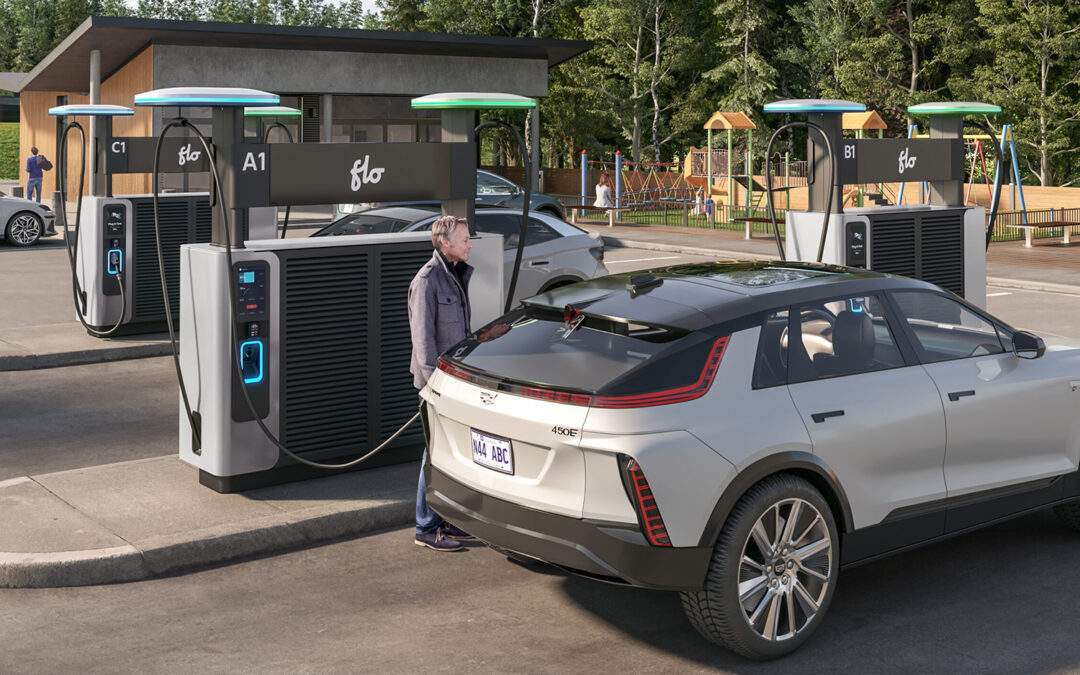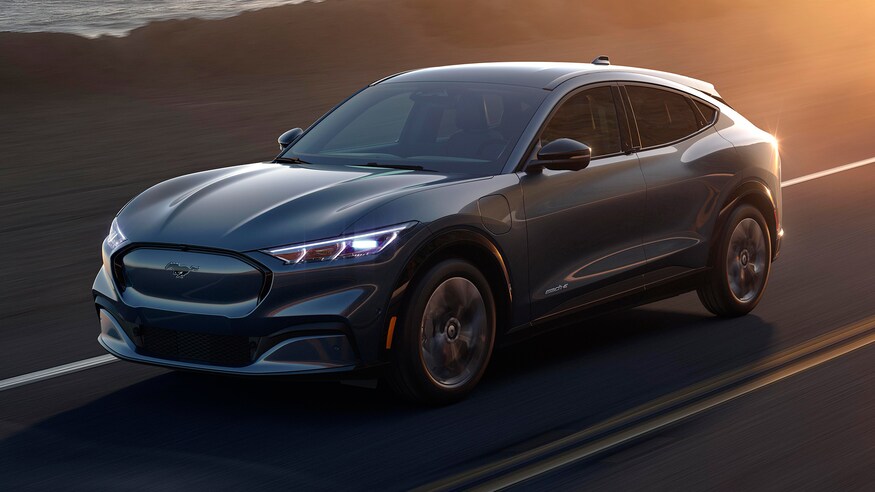Around the world, EV drivers and enthusiasts are increasingly interested in the state of the industry – specifically, the innovations surrounding global EV infrastructure, production supply chains, and high-speed charging networks. As more drivers make the switch to EVs, leading automakers must continue to push the envelope while ensuring EV drivers are still awarded the ease and convenience experienced while driving a gas-powered vehicle. Now, Volkswagen Group of America is doing precisely that, as they launch a joint research project with the Department of Energy’s Oak Ridge National Laboratory (ORNL) and the University of Tennessee, Knoxville, to develop high-power wireless charging for electric cars.
Oak Ridge National Laboratory researchers work in the Extreme Fast-Charging Lab in ORNL’s Grid Research Integration and Deployment Center.
VW will use a Porsche Taycan to test the new hardware, which has been developed by teams from VW, ORNL, and UT Knoxville. In the official release, the automaker has revealed that the power level of these wireless chargers has been increased from 6.6 kilowatts to 120 kw. Moreover, the goal of the project is to reach 300 kw, which – as VW proudly notes – would be enough to charge the Taycan to 80 per cent in 10 minutes.
ORNL has been researching improved EV charging efficiency for some time now, and previously announced an excellent 97 per cent efficiency for the technology at up to 120 kw in 2018. This project also promises to help give industry leaders and researchers a “better idea of the potential hurdles surrounding high-power wireless charging.”
Speaking to the project, Xin Sun, Associate Laboratory Director for Energy Science and Technology at ORNL, shares “We are excited to work with Volkswagen to demonstrate ORNL’s high-powered, ultra-efficient wireless charging technology. Our unique polyphase electromagnetic coil design and power electronics provide high power transfer levels in a compact system, with the potential to alleviate electric vehicle range anxiety and speed the decarbonization of the U.S. transportation sector.”
